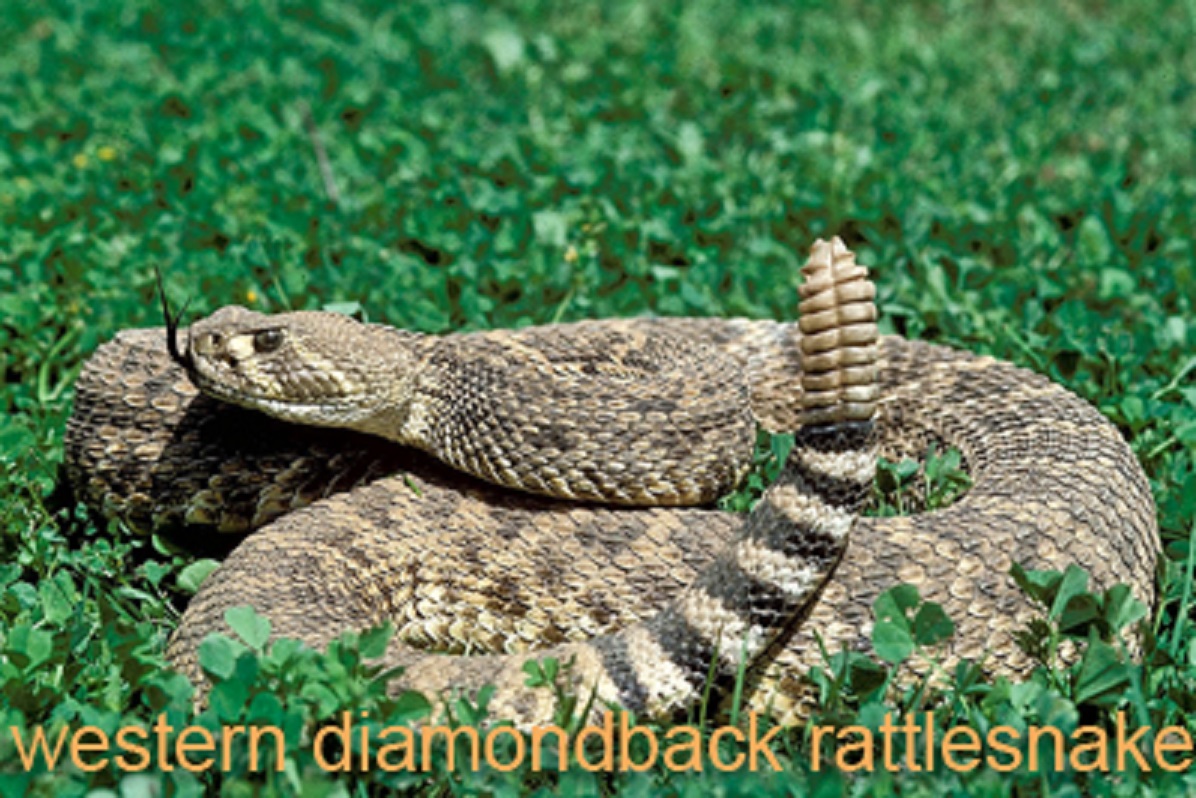Step Softly and Look Out for Diamondbacks
Friday, April 21st, 2017This is Passport to Texas
Now that spring is in full swing, you’ll spend more time outdoors. When you do, my advice is to literally watch your step.
Probably most people who spend any amount of time hiking in Texas have been within arm’s reach of a diamondback and never knew it.
Andy Gluesenkamp is a herpetologist [and Director of Conservation at the San Antonio Zoo]. Don’t let what he just said about the big, scary venomous Western Diamondback Rattlesnake, which happens to be deadliest snake in North America, keep you locked up indoors.
Diamondbacks would by and large much prefer to avoid contact than get in some sort of fisticuffs with a large animal like a human.
These snakes play defense. They usually hang out in the vicinity of fallen logs, brush piles, and rocks. If they think you don’t see them, they’ll lie perfectly still and let you do a Dionne Warwick and walk on by.
If they feel threatened by you, the first thing that they’ll do is buzz that rattle. On rare occasions when somebody reaches their hands into a crevice, or is picking up firewood and grabs a snake or steps on a snake—then they’re going to react violently. And that’s when people tend to get bitten.
So, avoid doing what he said. You’ll be glad you did, or rather, didn’t. Find more information about snakes on the Texas Parks and Wildlife Website.
Support for Passport to Texas comes from the Wildlife Restoration program…working to restore native habitat in Texas.
For Texas Parks and Wildlife…I’m Cecilia Nasti.







 Passport to Texas is a
Passport to Texas is a  Passport to Texas is made available by:
Passport to Texas is made available by: